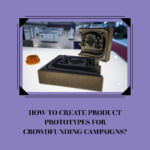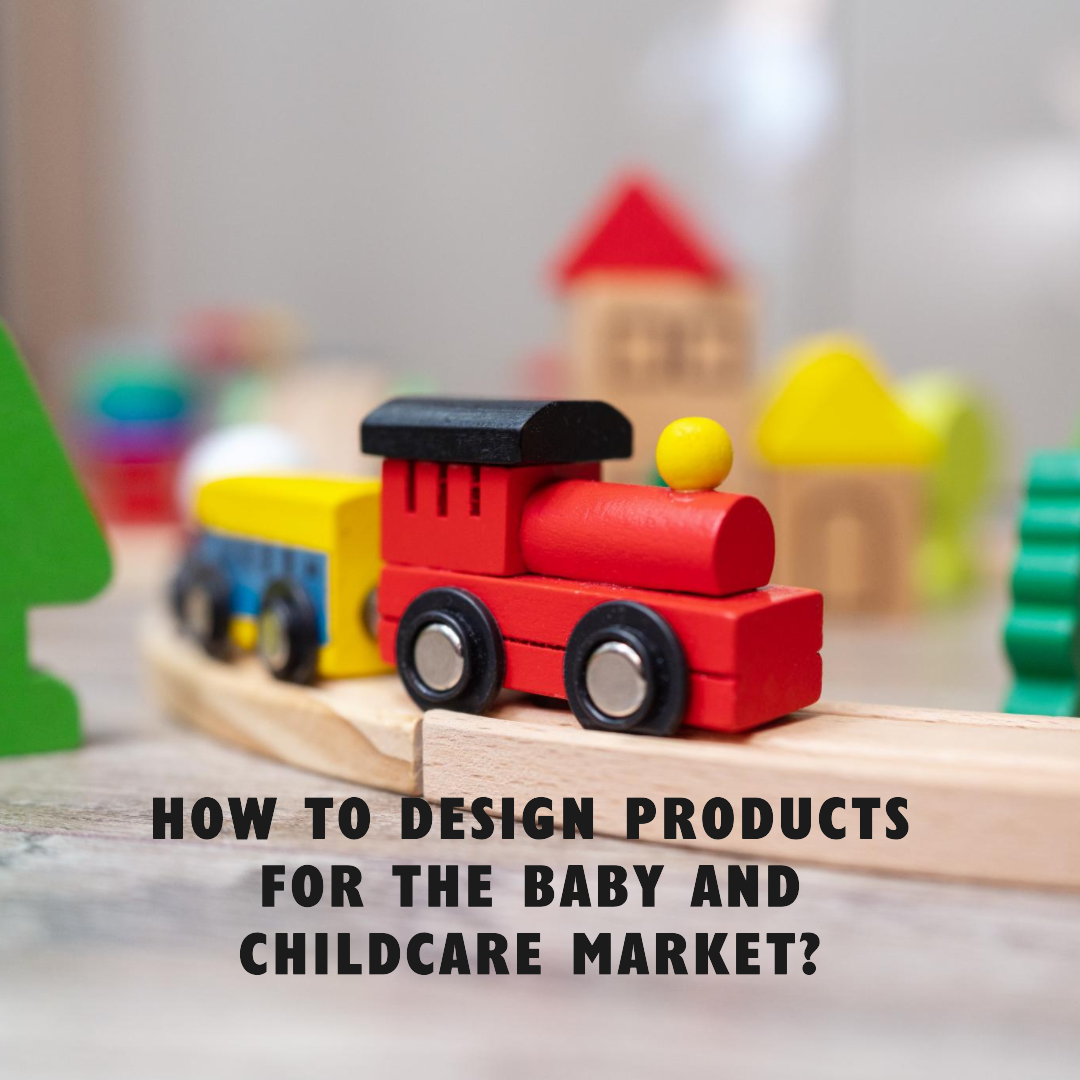How to conduct market research for product design?
Introduction
Market research is essential for any business, but it is especially important for product design. By understanding the needs, wants, and preferences of your target market, you can create products that are more likely to be successful.
There are a number of different ways to conduct market research for product design. The best method for you will depend on your budget, resources, and the specific information you need to collect.
In this blog post, we will discuss the different types of market research methods and how to use them to gather data for product design. We will also provide tips on how to analyze your data and draw meaningful insights.
Types of market research methods
There are two main types of market research methods: primary and secondary.
Primary research is conducted by collecting data directly from your target market. This can be done through surveys, interviews, focus groups, and usability testing.
Secondary research involves collecting data that has already been collected by someone else. This can include industry reports, government data, and academic research.
Primary research methods
Surveys are a common and effective way to collect data from a large number of people. Surveys can be conducted online, over the phone, or in person.
Interviews allow you to collect in-depth data from a smaller number of people. Interviews can be conducted in person or over the phone.
Focus groups are a good way to get feedback on product concepts and prototypes. Focus groups typically include 6-12 people who are representative of your target market.
Usability testing involves observing users as they interact with a product. This can help you to identify any usability issues and make necessary improvements.
Secondary research methods
Industry reports can provide you with information about the size of your target market, the competitive landscape, and the latest trends.
Government data can provide you with information about demographics, income, and spending habits.
Academic research can provide you with insights into the needs and wants of your target market.
How to choose the right research methods
The best research methods for your product design project will depend on your budget, resources, and the specific information you need to collect.
If you are on a tight budget, you may want to focus on secondary research methods. However, it is important to note that secondary research may not be as specific or up-to-date as primary research.
If you have the resources, it is ideal to use a combination of primary and secondary research methods. This will allow you to collect a wide range of data and get a more complete understanding of your target market.
How to analyze your data
Once you have collected your data, it is important to analyze it carefully. This will help you to identify trends and patterns, and to draw meaningful insights.
There are a number of different ways to analyze your data. You can use quantitative analysis to analyze quantitative data, such as survey results and sales data. You can use qualitative analysis to analyze qualitative data, such as interview transcripts and focus group notes.
How to draw meaningful insights
Once you have analyzed your data, you need to draw meaningful insights from it. This involves identifying trends and patterns, and understanding what the data means for your product design project.
For example, if you find that a large percentage of your target market is concerned about the environmental impact of products, you may want to focus on designing a more sustainable product.
Conclusion
Market research is essential for any product design project. By understanding the needs, wants, and preferences of your target market, you can create products that are more likely to be successful.
There are a number of different ways to conduct market research for product design. The best method for you will depend on your budget, resources, and the specific information you need to collect.
Once you have collected your data, it is important to analyze it carefully and to draw meaningful insights from it. This will help you to make informed decisions about your product design.








